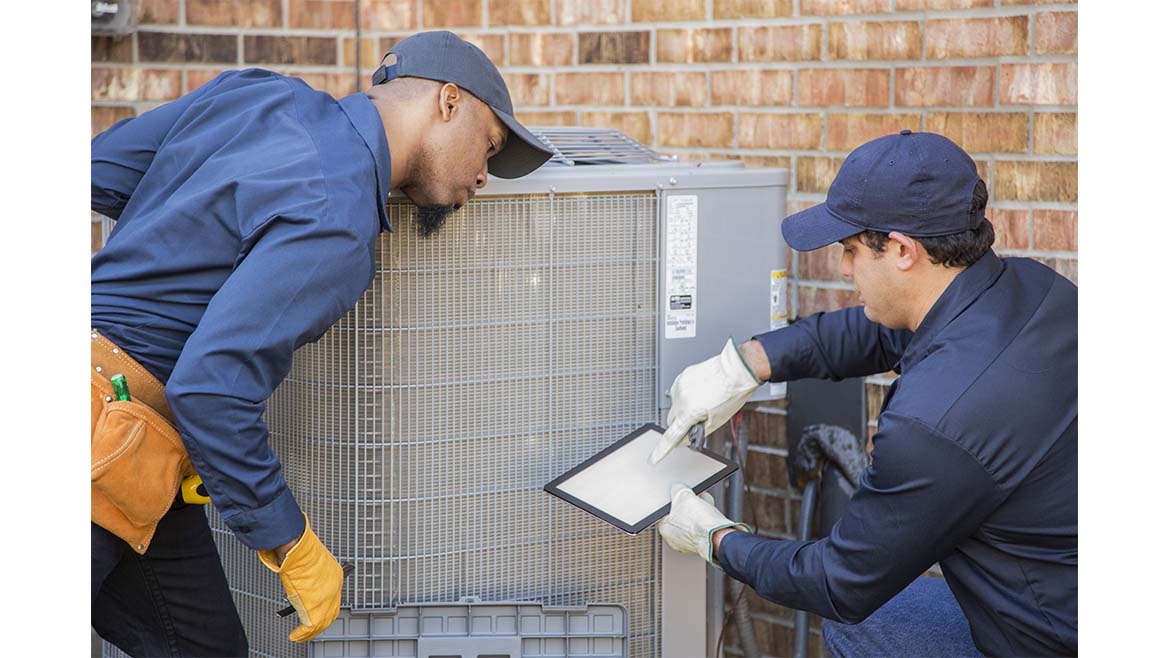In just a few short weeks, it’s expected that the U.S. EPA’s proposed rule, “Phasedown of Hydrofluorocarbons: Management of Certain Hydrofluorocarbons and Substitutes Under Subsection (h) of the American Innovation and Manufacturing Act of 2020,” will be finalized — subjecting the HVACR industry to additional requirements.
Once the U.S. EPA publishes the final rule, more details will be available to guide the industry on steps they need to take in terms of compliance. Until then, the pending program offers a good reminder that, given the progress of the HFC phasedown, it’s more important than ever for members of the HVACR industry — at every level — to employ a strong refrigerant management strategy.
By structuring your strategy around the following “Eight Rs,” you can help secure a sufficient supply of HFC refrigerants for your business and the industry, ensuring continued service for existing equipment. Moreover, adhering to these Eight Rs can help make sure you have the knowledge and resources in place to successfully introduce A2L solutions to customers.
Eight Rs of Refrigerant Management
Regulations: Whether you’re manufacturing, installing, or servicing equipment, keeping up to date with regulatory changes is key to compliance. In addition, because recent and pending regulatory changes may impact both legacy and new-generation refrigerants and equipment, understanding changes offers an important tool for planning for what’s next.
Recordkeeping: Regulatory bodies conduct audits — relying heavily on recordkeeping and reporting — to ensure compliance. This will mainly impact manufacturers, importers, and equipment owners. However, accurate and consistent recordkeeping on the contractor side can prove to be incredibly beneficial to your business’s operating efficiency, bring added value to your customers, and support sustainability objectives.
Repair leaks: Practicing consistent, effective leak detection and repair is an important part of regulatory compliance that can also impact your bottom line by reducing service gas costs and keeping systems operating at peak efficiency. In addition, it’s the first line of defense in reducing HVACR systems’ impact on the environment.
Replace equipment: As systems approach the end of their serviceable lifetime, define which new, higher-efficiency units utilizing A2L refrigerants offer the best replacements. Remind customers of benefits such as reduced energy consumption and operating costs.
Retrofits: If equipment is in good condition and not nearing the end of its serviceable lifetime, it may still make sense, where applicable, to perform a refrigerant conversion, allowing the equipment to operate with a more sustainable and readily available refrigerant.
Recovery: The first step in supporting refrigerant circularity is recovery, which means removing refrigerant from a system and placing it into a separate container. During this process, it’s important to maintain the refrigerant’s value/purity as much as possible by not mixing gases.
Reuse/Recycle: This means returning recovered refrigerant to the same system or another system with common ownership. Removing oil, moisture, or other contaminants via minor cleanup or filtering of the recovered gas may be part of the process.
Reclamation: Reprocessing recovered refrigerant to meet virgin purity specifications allows it to be reintroduced commercially for industry use and is becoming increasingly important in ensuring ample legacy refrigerant supply exists to meet current servicing needs. In the U.S., reclamation must be performed by EPA-certified reclaimers.
Regardless of details arising from the finalization of the proposed EPA Emissions Reduction and Reclamation Program, HFC phasedowns and the transition to A2L refrigerants are already impacting the HVACR industry across the board. This includes OEMs; businesses that sell/distribute equipment; companies involved in HFC and HFC substitute recovery, recycling, and reclamation; and companies that own, operate, service, recycle, dispose of, or install equipment containing HFCs and HFC substitutes. What this extensive list demonstrates is that virtually everyone in the industry has a strong motivation to stay updated on regulations, take steps to remain compliant, and embrace the role they play in helping to mitigate global warming.
Doing this consistently and effectively starts with designing and implementing a solid refrigerant management strategy built around the Eight Rs. Moreover, adhering to the Eight Rs can keep your company a step ahead of continued HFC phasedown, aligned with the A2L transition, and in a great position to maintain, and possibly grow, your business.
Whether you require installation, repair, or maintenance, our technicians will assist you with top-quality service at any time of the day or night. Take comfort in knowing your indoor air quality is the best it can be with MOE heating & cooling services Ontario's solution for heating, air conditioning, and ventilation that’s cooler than the rest.
Contact us to schedule a visit. Our qualified team of technicians, are always ready to help you and guide you for heating and cooling issues. Weather you want to replace an old furnace or install a brand new air conditioner, we are here to help you. Our main office is at Kitchener but we can service most of Ontario's cities
Source link




Add Comment